Can Guinea Pigs Eat Lamb’s Lettuce?
We believe there are times when you are eating something delicious and wonder if your pet can eat it? If you’re enjoying lamb’s lettuce and wondering if guinea pigs can eat lamb’s lettuce? We’re friends.
Considering the lamb’s lettuce’s nutritional aspect, it has many nutrients. It’s an excellent source of beta-carotene and vitamin C, among other nutrients.
Having such a nutritious and tasty ingredient in our guinea pigs’ diet is something many caretakers would want. So, can guinea pigs eat lamb’s lettuce? Let’s find out!
Can Guinea Pigs Eat Lamb’s Lettuce?
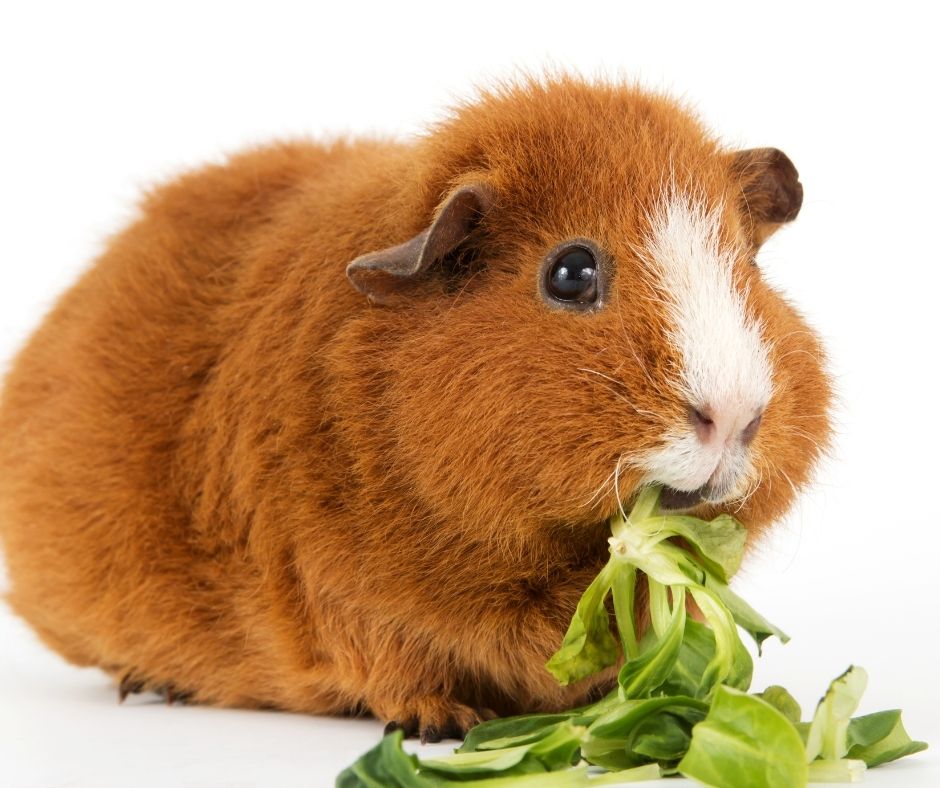
Yes, guinea pigs can eat lamb’s lettuce; however, you need to provide it in moderation. It’s a safe plant for guinea pigs to eat as long as they don’t eat it in excess.
Lamb’s lettuce is incredibly rich in calcium, a type of mineral with a profound impact on the bones of an animal. But don’t forget that too much calcium puts any animal at health risks, including guinea pigs.
So, due to its calcium content, allowing guinea pigs to eat very small amounts of lamb’s lettuce is the way to go.
Nutrition Facts of Lamb’s Lettuce
Lamb’s lettuce is low in calories and a good source of vitamins A, C, and K. It also contains beta-carotene, folate, and iron. Lamb’s lettuce is a member of the Asteraceae family.
One cup (100 grams) of lamb’s lettuce contains the following nutrients:
| Name | Nutrient Value | Unit |
| Energy | 16 | Kcal |
| Carbohydrates | 0.5 | g |
| Protein | 2 | g |
| Total Fat | <0.5 | g |
| Cholesterol | 0 | mg |
| Dietary Fiber | 2.3 | g |
| Vitamins | ||
| Folates | 45.5 | µg |
| Niacin | 0.37 | mg |
| Pyridoxine | 0.096 | mg |
| Thiamin | 0.042 | mg |
| Vitamin C | 2.38 | mg |
| Vitamin E-α | 0.22 | mg |
| Vitamin K | 48.9 | µg |
| Electrolytes | ||
| Sodium | <5 | mg |
| Potassium | 330 | mg |
| Minerals | ||
| Calcium | 41 | mg |
| Copper | 0.1 | mg |
| Iron | 0.4 | mg |
| Phosphorus | 30 | mg |
Benefits of Lamb’s Lettuce for Guinea Pigs
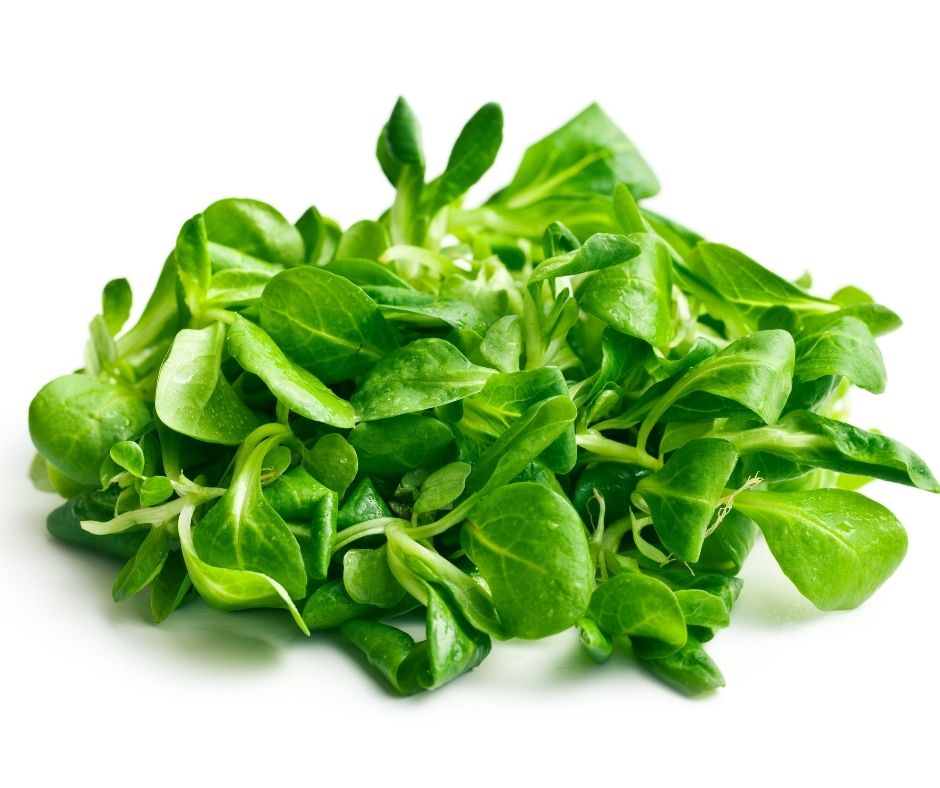
Lamb’s lettuce delivers vitamin C in sufficient amounts. And that means that this plant will essentially help to protect your guinea pig from getting scurvy.
Likewise, this kind of lettuce is loaded with beta-carotene and antioxidants with significant roles in eyesight, good skin, growth, and immune system health.
Lamb’s lettuce is also renowned for other roles such as cleansing the blood, preventing springtime fatigue, and regulating bowel movement.
When Should Guinea Pigs Eat Lamb’s Lettuce?
Guinea pigs can eat lamb’s lettuce every day or several times a week but should be fed in very small amounts.
Serving too much lamb’s lettuce will harm your cavy and doesn’t do anything good. If you can remember, I mentioned earlier that lamb’s lettuce is slightly high in calcium, making them toxic when consumed in excess.
There is nothing else to worry about lamb’s lettuce, only serve the required quantity, and your guinea pig is okay. Guinea pigs can eat plain lettuce, but it’s best when mixed with other veggies to offer a variety of nutrients.
How Much Lamb’s Lettuce Does a Guinea Pig Need a Day?

Guinea pigs allowed to munch on lamb’s lettuce freely will eat as much as they like, which is not good. To be safer, always offer all guinea pigs food in the suggested quantity.
Ideally, a guinea pig should eat 1-2 medium-sized leaves of lamb’s lettuce within a feeding or per day, depending on your cavy’s age. Many lamb’s lettuces can result in urinary stones in guinea pigs.
If lettuces are a thing for your cavy, I would advise you to switch between lamb’s lettuce and other lettuce types, such as a green leaf, little gem, etc.
Ideal Diet of Guinea Pigs
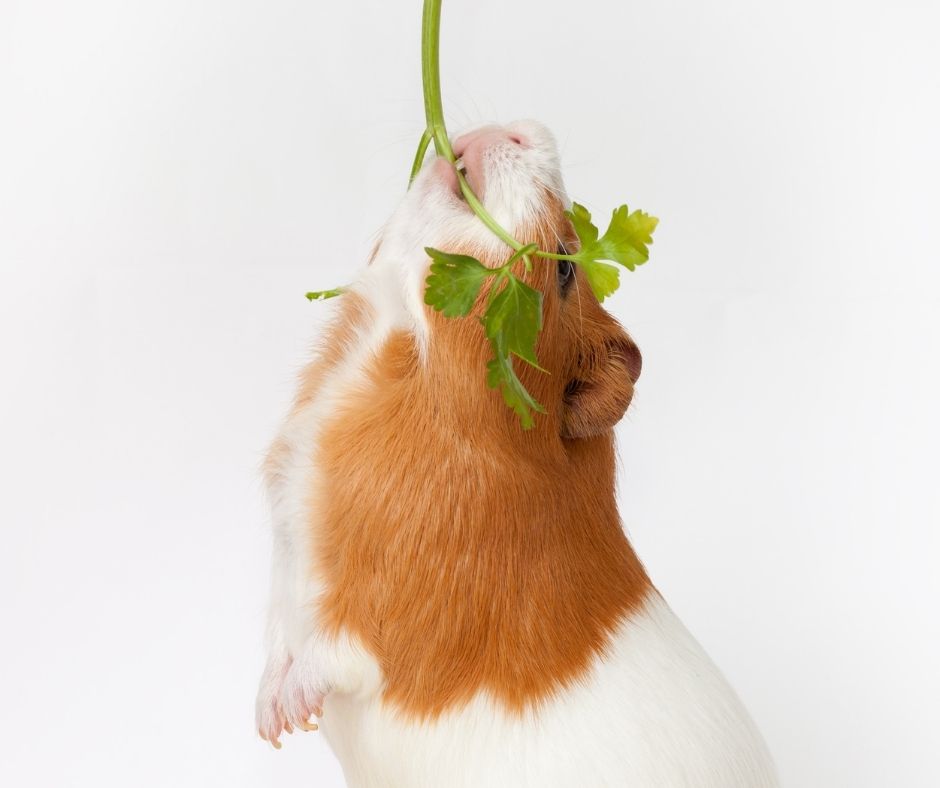
Guinea pigs are vegetarians and herbivores. Their ideal diet consists of high-quality guinea pig hay, grass-based guinea pig pellets, and a limited amount of fresh, organically farmed vegetables and fruits.
It’s always important to practice consistent feeding; ideally, feed twice a day, morning and evening. Good quality hay should constitute the highest percentage of guinea pigs’ diet.
The fiber from hay helps the guinea pigs to digest food properly; therefore, they should have it available to them at all times. Always buy fresh, clean, dry, sweet-smelling, and mold-free hay.
Note that fresh, filtered, and chlorine-free water needs to be provided at free choice. Before offering a new food, including hay, the old food needs to be cleaned out first.
Kaytee All Natural Timothy Hay for Small Animal Pets
Best Food for Guinea Pigs
A balance in nutrition is vital to help build your guinea pig’s body and prevent it from becoming sick. The best food that guinea pigs can eat includes;
- high-quality hay, e.g., Timothy hay,
- Pelleted guinea pig food,
- Vegetables, e.g., kale, tomatoes, romaine lettuce, spinach, peas, carrots, etc
- Fruits, e.g., oranges, cucumbers, strawberries, kiwi, blueberries, apples, etc
Worst Food to Avoid for Guinea Pigs
Note that not all foods are suitable for guinea pigs to eat. Before you spend your money buying food for your beloved guinea pigs, make sure that you purchase the right food.
Some foods may be appealing to us but have no nutritional value; others are too high in fat and sugar. Moreover, some foods are a choking hazard, some are poisonous, and some can cause bloat.

Below is a shortlist of the worst food to avoid for guinea pigs. Keep them off from your pig’s diet, and you will be safe.
- Avocados,
- Chocolate (avoid anything with caffeine),
- Rhubarb,
- Seeds & Nuts,
- Onions & Garlic,
- Dairy products, Bread, and Meat
- Bok choy,
- Mushrooms,
- Peanut butter,
- Cabbage,
- Corn kernels, etc.
Oxbow Essentials Guinea Pig Food – All Natural Guinea Pig Pellets for Adults and Young Guinea Pigs
Wrapping Up
Yes, guinea pigs can eat lamb’s lettuce. It’s a safe plant as long as you limit the amount you feed to your guinea pig.
You can feed 1-2 medium-sized vegetables per feeding so as not to overload the pig’s gut flora. Lamb’s lettuce offers many advantages, including proper eyesight, healthy skin, immune system health, etc.
Likewise, lamb’s lettuce is packed with vitamin C that helps to prevent scurvy in guinea pigs. Don’t deny your pet from eating lamb’s lettuce; it’s an ideal nutritious vegetable.
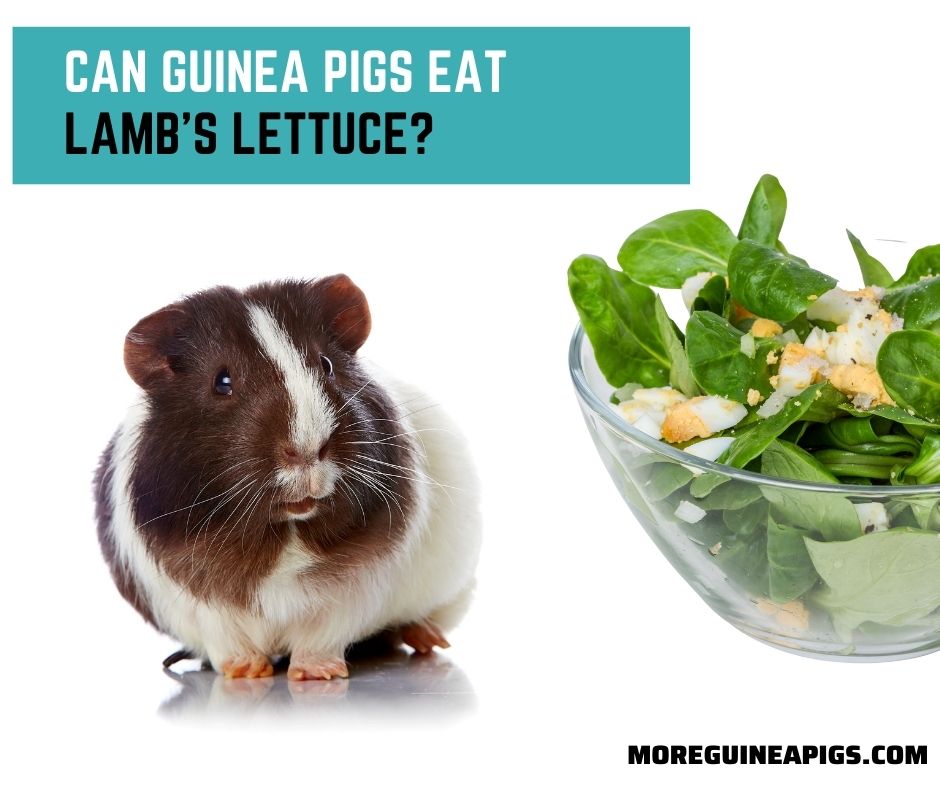



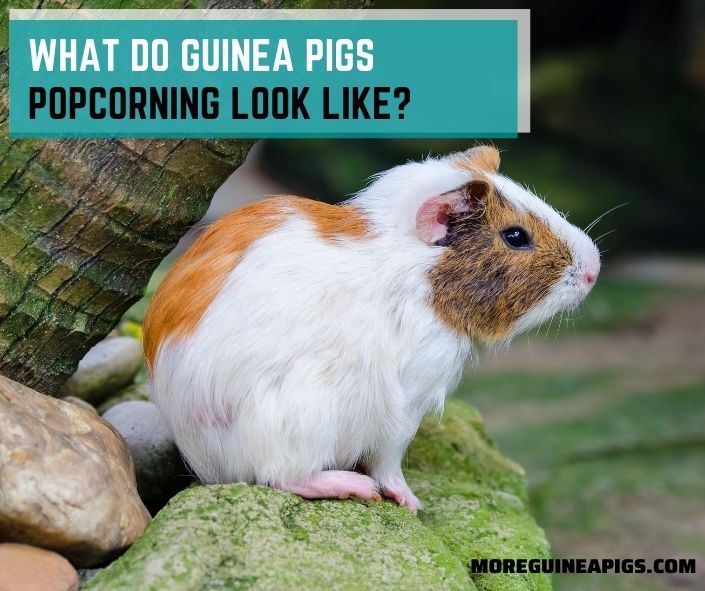
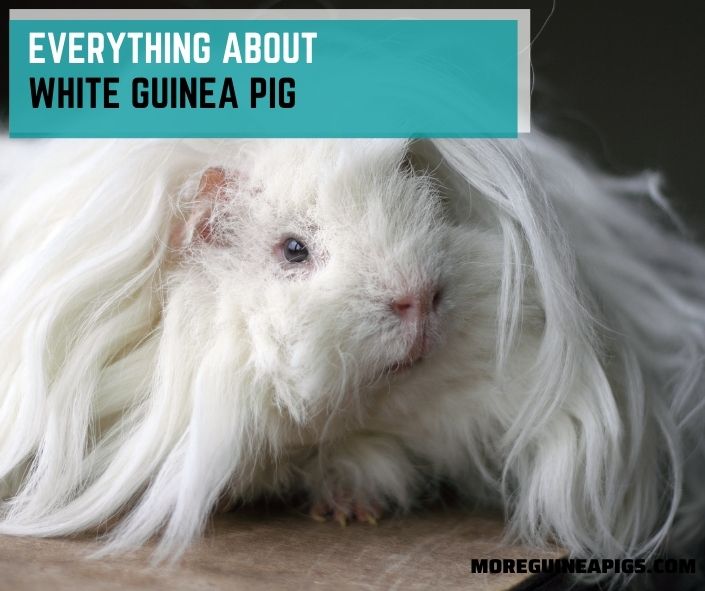
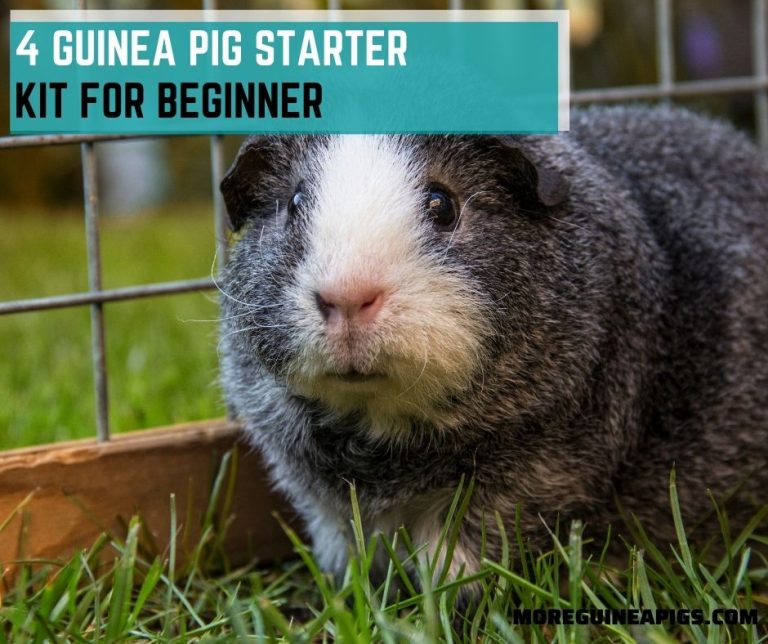
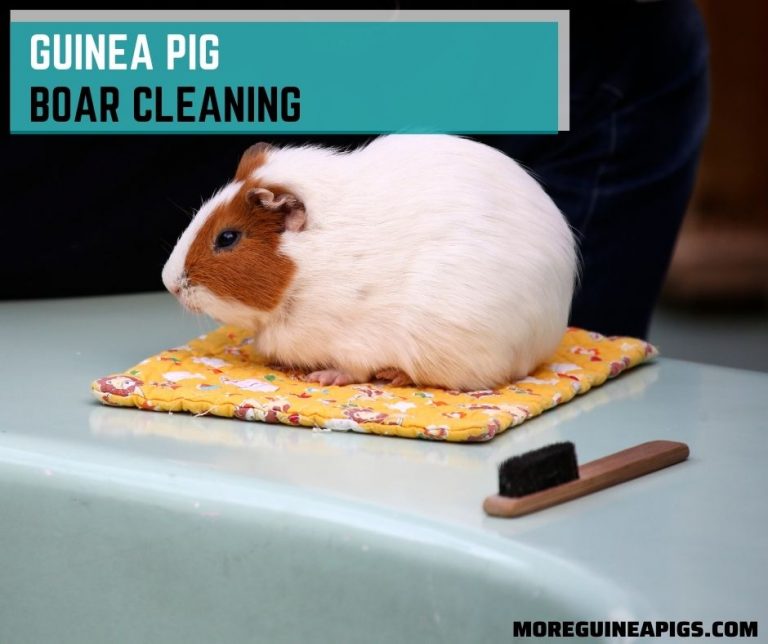

One Comment
Comments are closed.